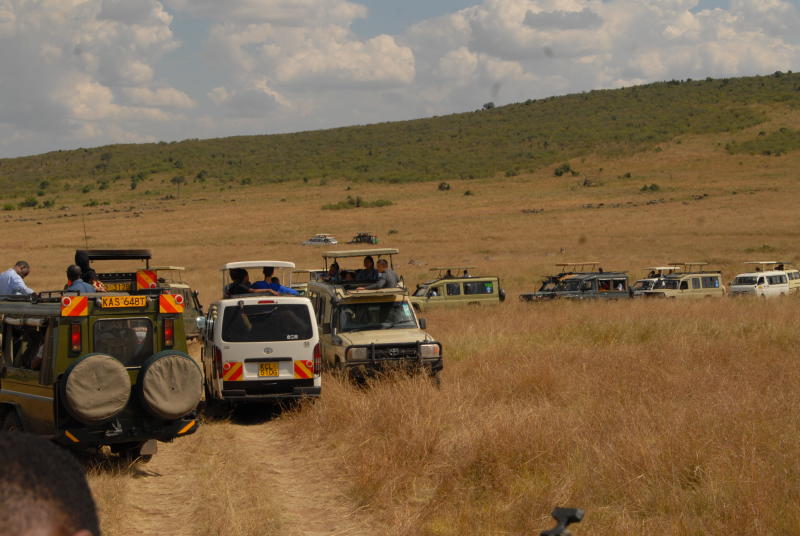×
The Standard e-Paper
Informed Minds Prefer The Standard

Tour vans line in up in Masai Mara National Reserve on 31/7/2018 as tourists ready themselves to watch the wildebeest migration, one of the Seven Wonders of the World [Peter Muiruri]
When the history of establishments that crushed under the weight of their own success in the 21st century is written, Kenyans and indeed conservationists across the world could only hope that the great Maasai Mara will not make it to this list.